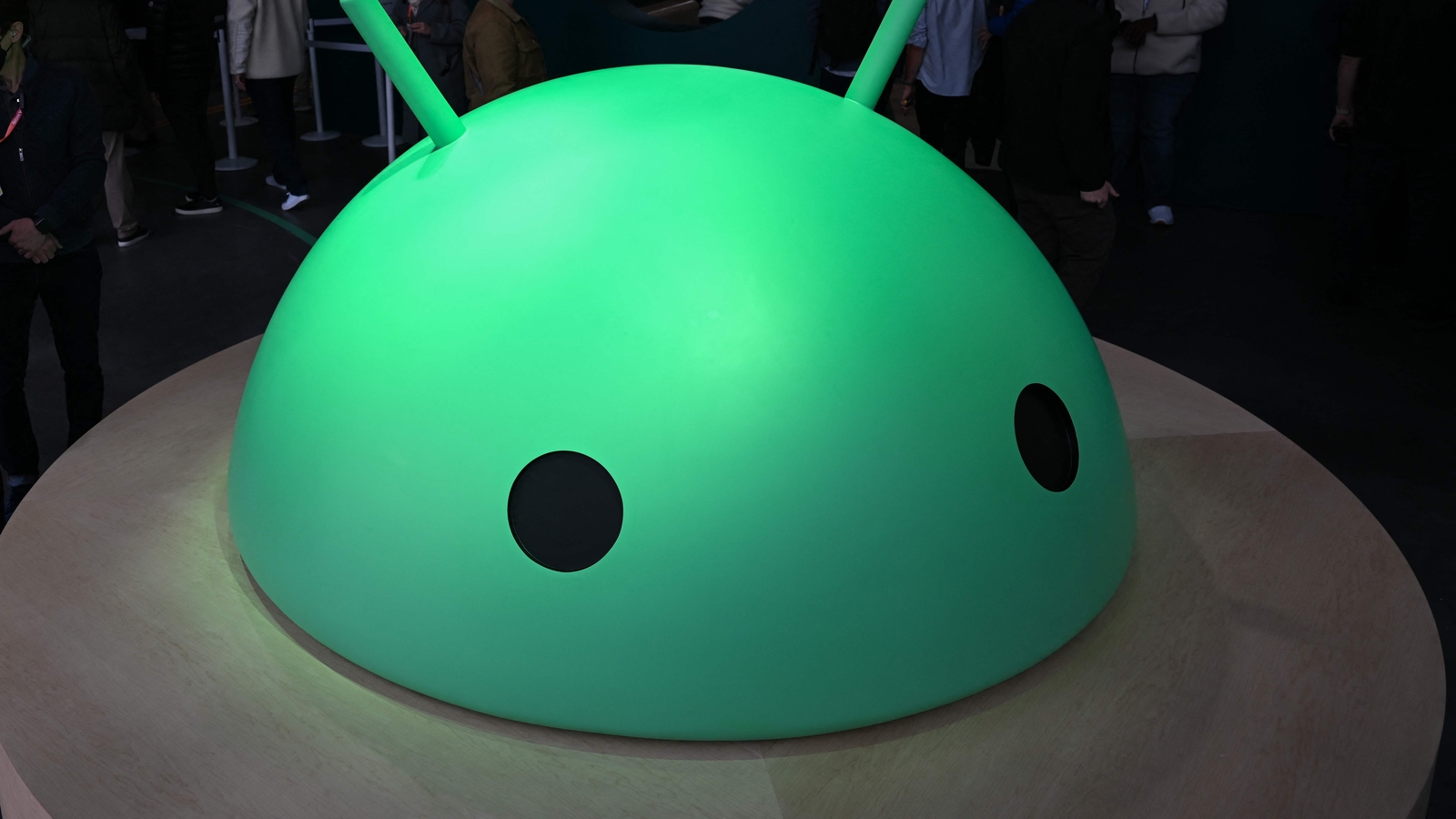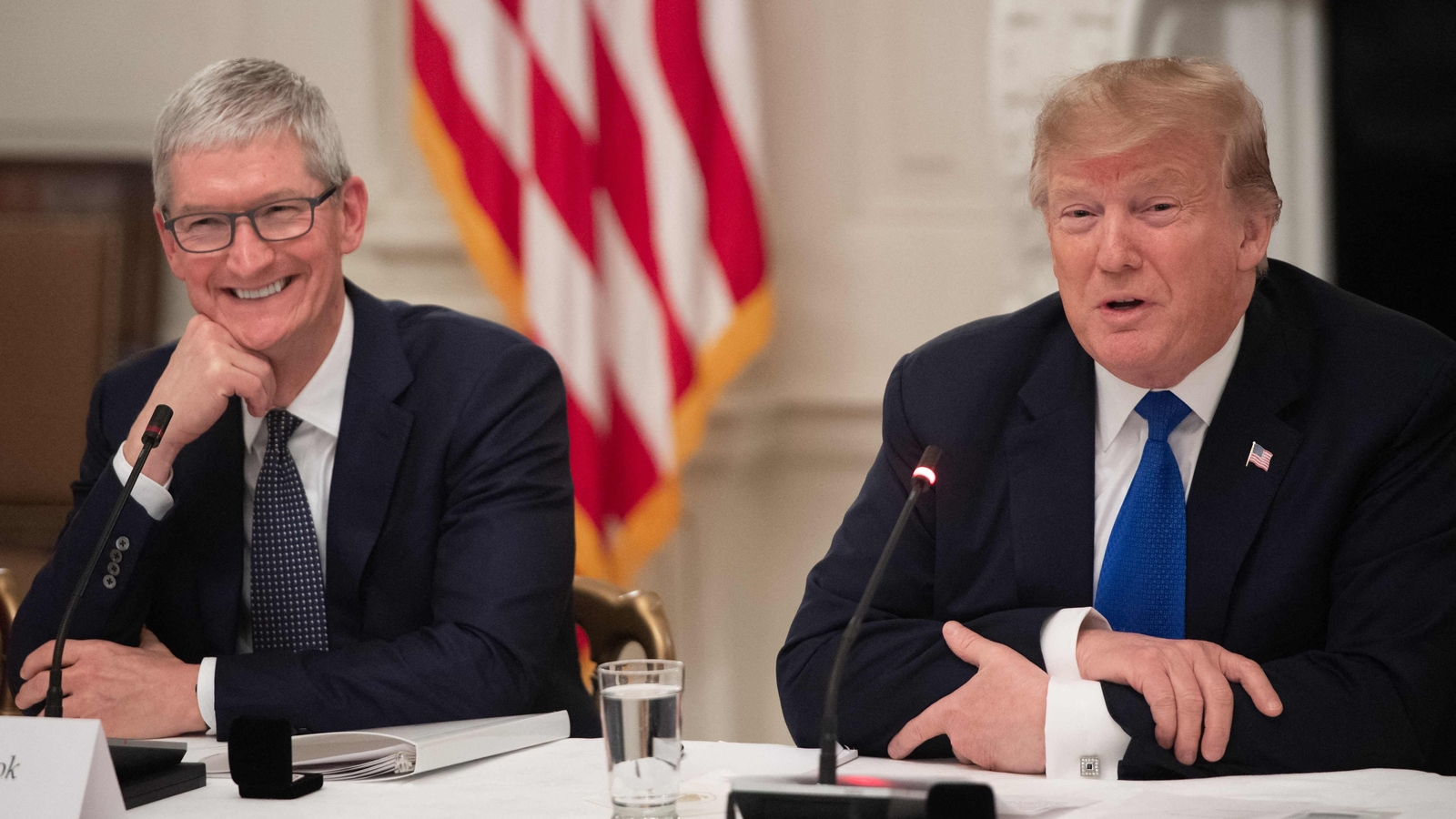Parenting is hard enough—and Instagram has made it even more complicated. To add to the stress, TV series like Adolescence on Netflix are sending Indian parents of teenagers into panic mode. With school drama and teen mood swings already keeping them on their toes, the last thing parents want is to become emoji detectives on Instagram. Simply put, Meta—the company behind Instagram—has received the message loud and clear: make life easier for parents or risk losing teenagers.

Australia has already banned social media for under-16s. While other countries debate similar laws—and before all hell breaks loose in Menlo Park—Meta has announced new teen safety initiatives in India, one of its largest user bases. Meta aims to complete the rollout of “Teen Account” settings in India by the end of June 2023. The goal? Let school kids use Instagram safely—without parents constantly worrying.
Tara Hopkins, Global Director of Public Policy at Instagram, shared more insights with Debashis Sarkar of Hindustan Times on how Instagram plans to protect teenagers. Excerpts:
Q. Instagram Teen Accounts sound great, but how do you accurately verify a user’s age? Anyone can lie online.
Tara Hopkins: If a teen tries to change their date of birth from under 18 to over 18 on Instagram, we put them through an age verification process. This involves technologies designed to ensure the change is genuine. There are two main methods: users can either upload an official ID, which is reviewed by human moderators, or they can submit a video selfie. The video is analysed by a third-party company called Yoti, which uses AI to assess facial features and estimate age with a high level of accuracy.
We also monitor behavioural signals. For instance, if someone claims to be 25, but their profile picture and followers suggest they’re 15, we prompt them to complete the age assurance process.
We’ve also started testing AI tools that help us identify users who may have misstated their age when they first signed up. These tools analyse profile pictures, follower networks, and behaviours—for example, if someone posts a story celebrating their 15th birthday, that becomes a signal.
We don’t publicly share all the signals we track, as it’s a somewhat adversarial space, but we use them to place underage users into a restricted Teen Account experience.
Q. What are the restrictions on Instagram Teen Accounts?
Tara Hopkins: Meta has introduced additional protections for users under 16. They can no longer go live or disable filters that block unwanted images in direct messages without parental approval.
Teen Accounts are currently being rolled out across Instagram in India and will extend to Facebook and Messenger later this year. These accounts include safeguards like protection from unsolicited messages, limited exposure to sensitive content, and time management tools. Parents will also be able to supervise how their teens interact across Meta platforms.
Once a user is identified as under 16, they are automatically placed into the Teen Account experience, which includes safety settings that limit who can interact with them and what kind of content they see. These settings are default and require parental permission to be changed.
In India, these protections are already in place. Key features include private account settings by default, controls on who can message, tag or mention teens, and filters to reduce exposure to harmful or sensitive content.
Strangers can’t message teens unless the teen has opted to receive requests from non-followers. Teens receive alerts if someone tries to contact them too frequently or suspiciously. Guardians also gain insight into their teen’s usage on Messenger and can customise supervision settings based on their family’s preferences.
Q. Kids today use emojis to communicate. How do you help parents navigate that?
Tara Hopkins: We offer several tools to help. One of the most important is the Hidden Words feature on Instagram. It’s a customisable list of potentially offensive words and emojis—covering everything from bullying to racism and other forms of harassment. We developed this tool with civil society groups, including organisations in India, to ensure it accounts for local sensitivities.
For teen accounts, Hidden Words is enabled by default. If the user is under 16, they cannot disable it without parental approval. Teens can also add their own words and emojis to the list.
We also have dedicated internal teams monitoring trends in harmful communication—including emoji use. These teams, often with backgrounds in law enforcement or digital safety, analyse behavioural patterns to identify misuse.
Of course, this remains a challenge. Emojis and slang evolve constantly, and a 13-year-old communicates very differently from a 16-year-old. So we’re constantly adapting our tools to match how teens interact online.
Q. Screenshots have become a new challenge on social media. Any plans to restrict their use?
Tara Hopkins: Yes, we’re actively exploring how screenshots are used, particularly in cases of sextortion—a serious and growing threat. Meta is investing heavily in technology and processes to address this issue.
Sextortion is a crime, often involving organised criminal networks. Offenders usually pretend to be someone familiar to the teen, but in reality, they’re often based in entirely different countries.
To prevent such cases, we use a combination of warning signals. For example, if an account is created just an hour ago and suddenly tries to follow a teen, that’s a red flag. Another signal is when someone takes a screenshot of a teen’s follower list—this can indicate suspicious intent. We combine these signals and act preemptively to stop the person from contacting the teen.
We’ve set a high threshold for anyone attempting to connect with teen accounts. We also use in-app nudges to alert teens—for instance, if they block someone, they can choose to block any future accounts linked to the same device or identity. This feature, known as multi-device blocking, prevents offenders from reaching teens even with new accounts.
Yes, screenshot activity is definitely one of the behaviours we track as part of this broader strategy.
Q. Aren’t you concerned that these restrictions might make Instagram seem less cool to school kids?
Tara Hopkins: Yes and no. Instagram continues to be hugely relevant, especially in India. It’s a platform deeply loved for its creative potential—especially in areas like music, art, fashion, and content creation. India is a crucial market for us.
That said, we understand that usage patterns may shift. If teens start using Instagram differently—or a bit less—because of our Teen Account settings, we’re absolutely fine with that. It’s a conscious decision we’ve made at Meta because we believe it’s the right approach.
Our priority is to build long-term trust with parents. We want them to feel that of all the apps their teen might use, Instagram is the safest and most protective. That’s also why we’re rolling out similar protections on Facebook and Messenger. Whichever Meta platform a teen chooses, the safeguards will be consistent.
We know these changes will take time to settle in—especially in a country as vast and diverse as India. We’re midway through the rollout here, and it may take a while for the message to reach all families. But we hope these changes spark more conversations at home and help parents feel more empowered and involved in their teens’ digital lives.












Leave a Reply